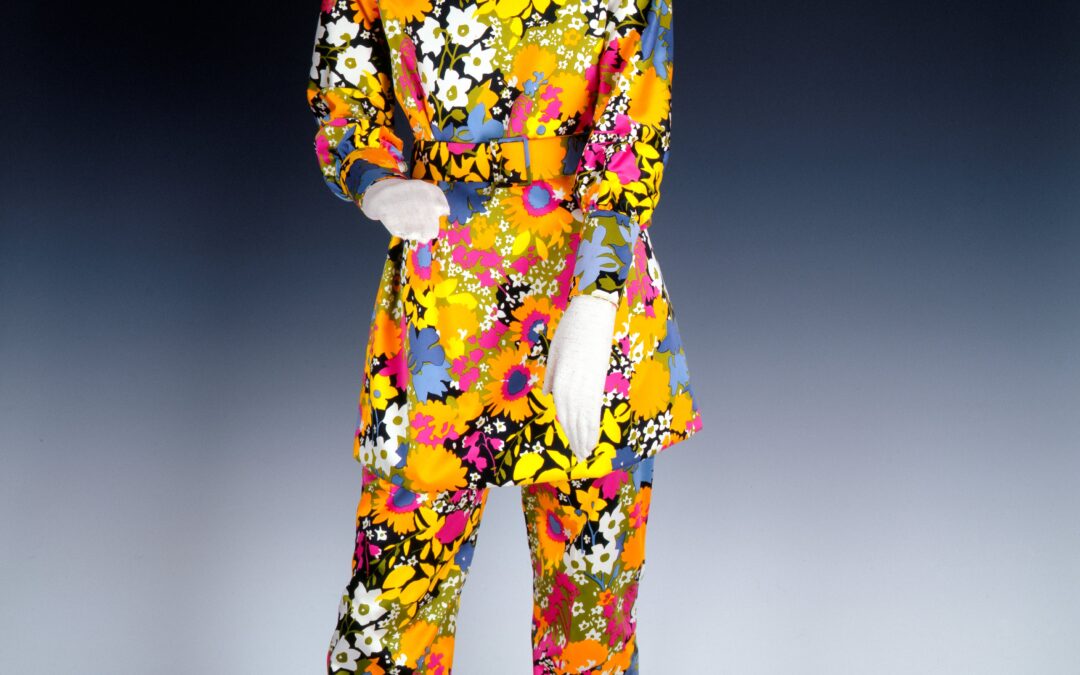
by NRF Media | Apr 11, 2024
This 1972 pantsuit designed by Givenchy is one of many fabulous pantsuits in the Doris Duke costume collection. With its gender-bending design and bright floral pattern, it makes quite a statement!
Hubert de Givenchy (1927-2018) left an elegant and glamorous mark on the world of fashion. He founded the House of Givenchy in 1952 and the luxury house has remained a force in the world of fashion for over six decades. Although he didn’t invent “the little black dress,” he is credited with popularizing the concept. Perhaps his most famous partnership was with actress Audrey Hepburn, and he designed many of her on-screen, iconic costumes.
Givenchy and his longtime partner and companion Phillippe Venet (1929-2021) were both important haute couture designers during a period in fashion that pushed boundaries and defied conventions—particularly for women.
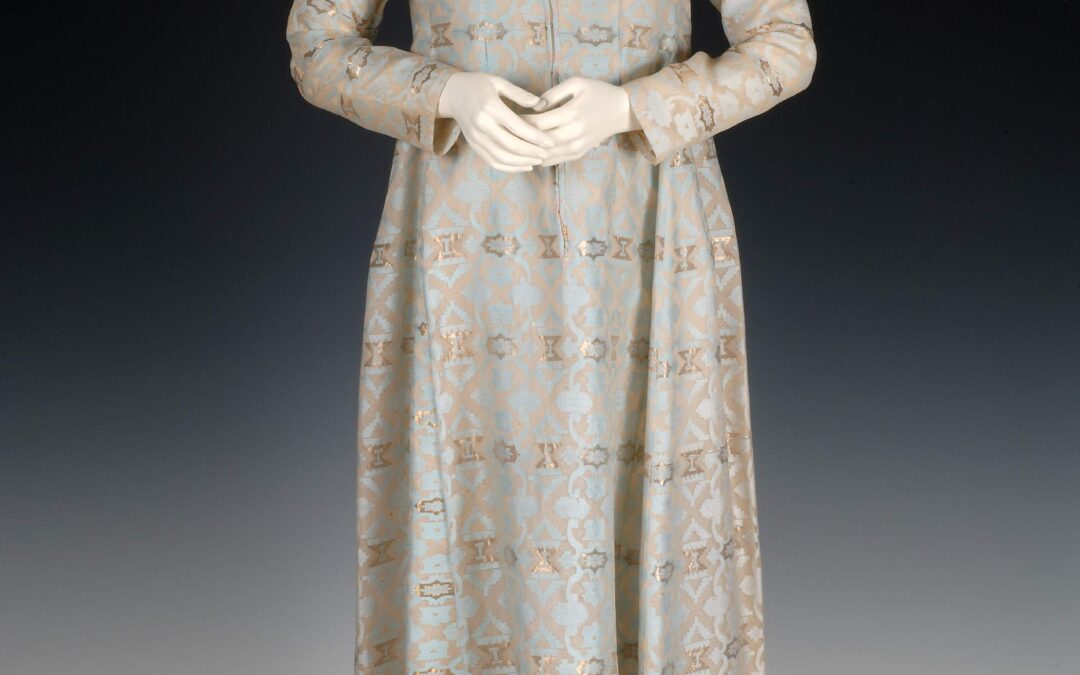
by NRF Media | Apr 9, 2024
Tina Leser (1910-1986) helped revolutionize sportswear for American women and shaped the popularity and taste of a generation—as well as inspiring designers who followed.
This day coat is one of the many pieces designed by Leser and worn by Doris Duke. Leser’s work often featured examples of cross-cultural exchange and patterns and fabrics inspired by art and design across the globe, including the Islamic world, East Asia, Southeast Asisa, the Pacific Islands, Central America, and Europe.
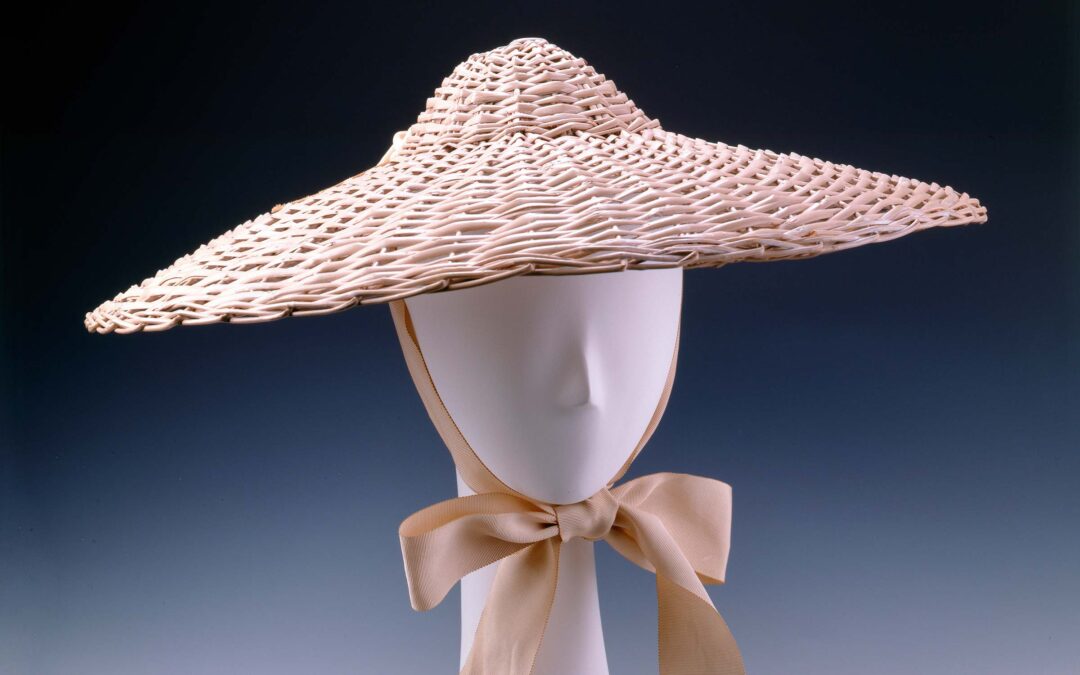
by nrf@admin | Jan 3, 2024
Doris Duke wore many pieces by Christian Dior, one of the most important couturiers of the 20th-century, Dior launched his “New Look” in 1947—a style which revolutionized women’s silhouettes and was a sharp pivot away from fashion during the war. This hat features a wide round brim and a small crown made of woven wicker. A grosgrain bow is attached at the back base of the crown. Two long ribbons come down from the interior of the hat to affix hat to head. Label “Christian Dior Paris Made in France.”
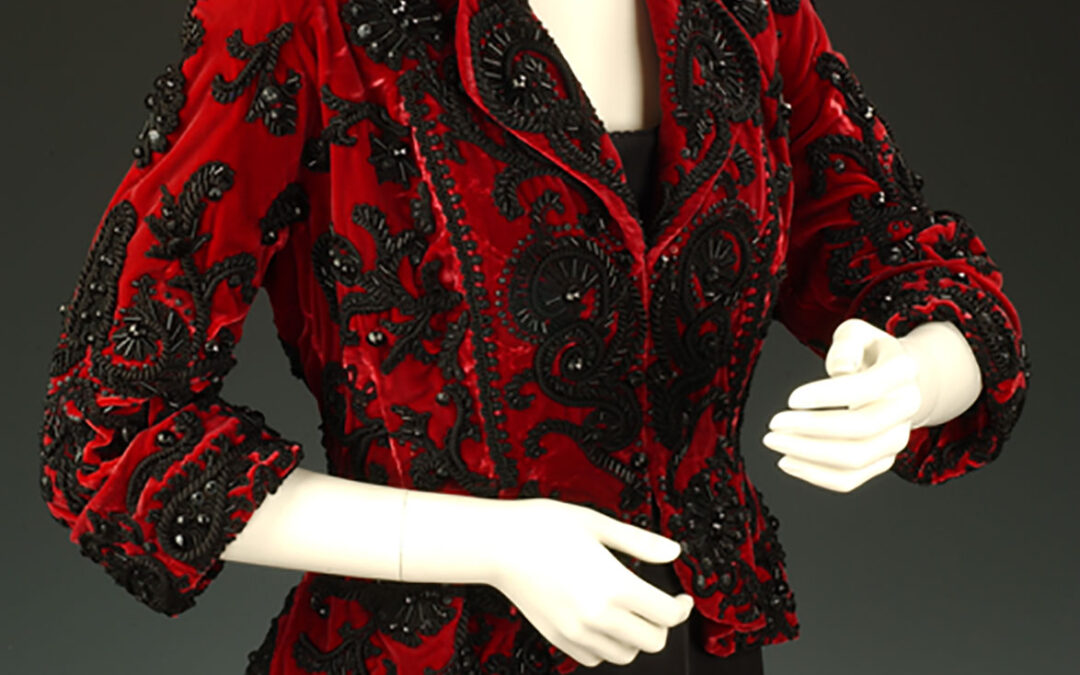
by nrf@admin | Jan 3, 2024
Considered to be “the Master” of couture, and a father of contemporary dress, Balenciaga opened fashion houses in Barcelona and Madrid before moving to Paris in 1937. More than just designing clothing, he was a craftsman who was skilled at making garments from conception to execution. His creations were very bold and sculptural: he introduced many new silhouettes using shapes never used before in women’s fashion (considered to be radical at the time)—from the balloon shape, to the sack dress, to the more abstract “baby doll” dress.
This is one of many Balenciaga examples in Doris Duke’s collection.
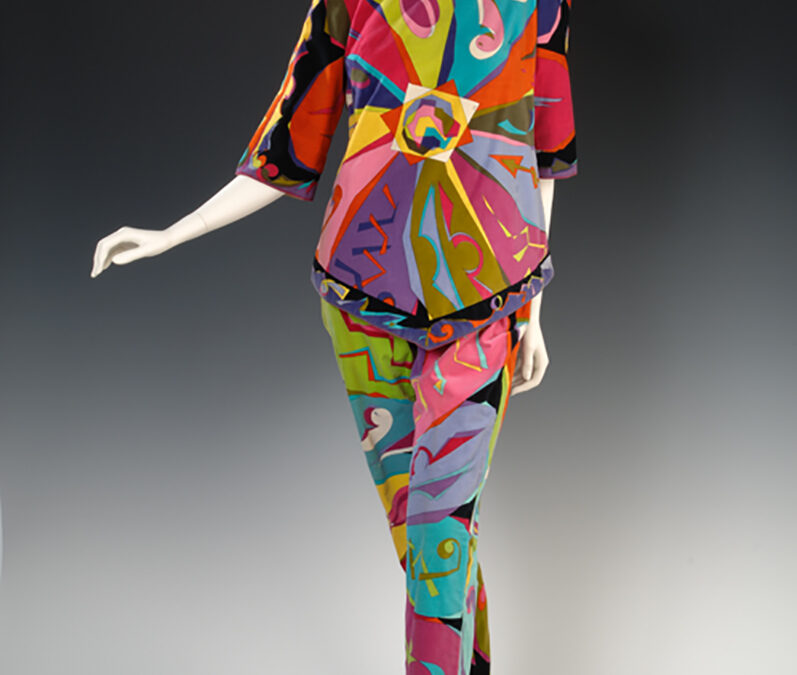
by nrf@admin | Jan 3, 2024
This bold and playful ready wear pantsuit is made up of three pieces: the shirt, the pants, and tights (although Doris never wore the tights). The label reads: “EMILIO PUCCI/Florence-Italy” “To be dry cleaned/Lavare A Secco” “100% Cotton/Made in Italy/for/Lord&Taylor





